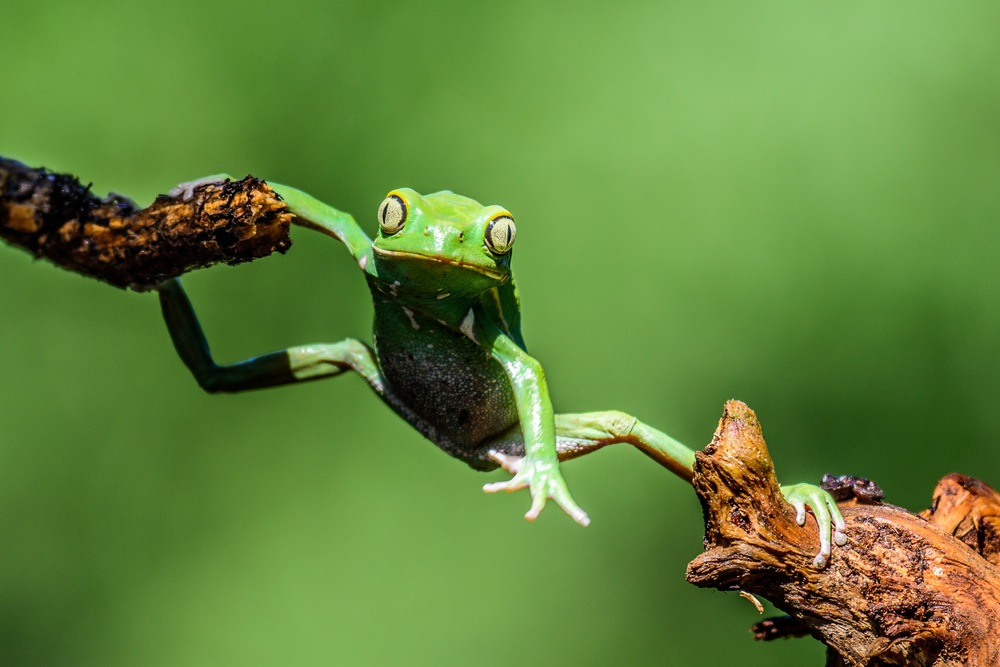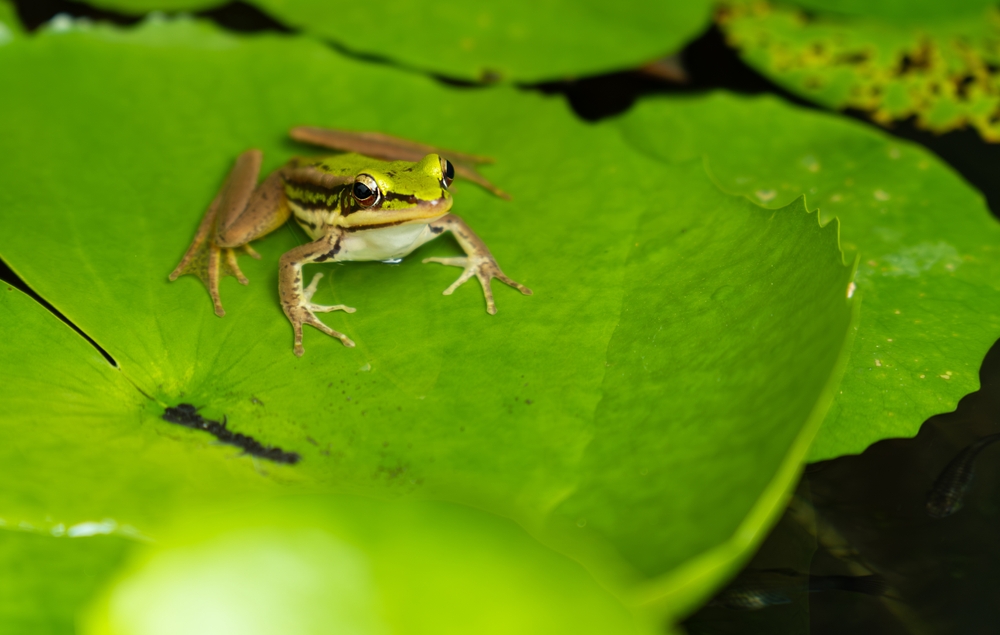Creating a mini pond in your garden is a fantastic way to attract frogs, dragonflies, and other fascinating wildlife. Even a small pond can serve as a critical water source and habitat, supporting biodiversity and creating a peaceful outdoor space. With just a few materials and some thoughtful placement, you can transform your yard into a wildlife haven.

To build a mini pond, start by choosing a spot with partial sunlight. This helps aquatic plants grow while preventing excessive algae. A large container, such as a half-barrel or an old washing tub, works perfectly as a pond base. Line the container with a pond liner and add a few stones to create shallow areas where animals can safely access the water. Adding aquatic plants like water lilies, duckweed, and hornwort oxygenates the water and provides hiding spots for frogs and insects.
To protect sensitive wildlife, it’s essential to avoid chemicals in and around the pond. Let rainwater fill the pond naturally, or use dechlorinated tap water if necessary. Create a natural border with rocks, logs, or low-growing plants to provide shade and additional shelter for animals visiting the pond. With these simple steps, your mini pond will become a hub of biodiversity, bringing the sights and sounds of nature closer to home.
Consider adding a small ramp or shallow incline to your pond to ensure any visiting animals can enter and exit easily. Frogs, toads, and small mammals may be attracted to your pond, and having a safe way in and out prevents accidental trapping. A gently sloping stone or a piece of wood leading into the water provides easy access and can be an attractive feature that blends into the pond’s natural look. This addition makes your pond even more accessible for a wide range of wildlife.

Another way to enhance your mini pond’s ecosystem is by incorporating a variety of plants along the edges. Native grasses, ferns, and flowering plants create a welcoming environment for insects and other small creatures. Plants like marsh marigold, pickerelweed, and bog sage thrive in damp conditions and add both beauty and function to the pond area. By choosing native plant species, you support local biodiversity and create a seamless transition between your pond and the surrounding garden, offering more cover and food sources for wildlife.
Over time, your mini pond will attract beneficial insects, which in turn will bring more birds and amphibians to your garden. Dragonflies and damselflies, for instance, help control mosquito populations while adding beauty and movement. As your pond matures, you might also notice small snails or water beetles, which contribute to a healthy mini-ecosystem. Regularly monitor and care for your pond to keep it clean and vibrant, ensuring it remains a thriving, low-maintenance feature that supports local wildlife year-round.
